Details of the Target
General Information of Target
| Target ID | LDTP09775 | |||||
|---|---|---|---|---|---|---|
| Target Name | Histone H1.10 (H1-10) | |||||
| Gene Name | H1-10 | |||||
| Gene ID | 8971 | |||||
| Synonyms |
H1FX; Histone H1.10; Histone H1x |
|||||
| 3D Structure | ||||||
| Sequence |
MRRPLSKCGMEPGGGDASLTLHGLQNRSHGKIKLRKRKSTLYFNTQEKSARRRGDLLGEN
IYLLLFTIALRILNCFLVQTSFVPDEYWQSLEVSHHMVFNYGYLTWEWTERLRSYTYPLI FASIYKILHLLGKDSVQLLIWIPRLAQALLSAVADVRLYSLMKQLENQEVARWVFFCQLC SWFTWYCCTRTLTNTMETVLTIIALFYYPLEGSKSMNSVKYSSLVALAFIIRPTAVILWT PLLFRHFCQEPRKLDLILHHFLPVGFVTLSLSLMIDRIFFGQWTLVQFNFLKFNVLQNWG TFYGSHPWHWYFSQGFPVILGTHLPFFIHGCYLAPKRYRILLVTVLWTLLVYSMLSHKEF RFIYPVLPFCMVFCGYSLTHLKTWKKPALSFLFLSNLFLALYTGLVHQRGTLDVMSHIQK VCYNNPNKSSASIFIMMPCHSTPYYSHVHCPLPMRFLQCPPDLTGKSHYLDEADVFYLNP LNWLHREFHDDASLPTHLITFSILEEEISAFLISSNYKRTAVFFHTHLPEGRIGSHIYVY ERKLKGKFNMKMKF |
|||||
| Target Bioclass |
Other
|
|||||
| Family |
Histone H1/H5 family
|
|||||
| Subcellular location |
Nucleus
|
|||||
| Function | Histones H1 are necessary for the condensation of nucleosome chains into higher-order structures. | |||||
| Uniprot ID | ||||||
| Ensemble ID | ||||||
| HGNC ID | ||||||
Probe(s) Labeling This Target
ABPP Probe
| Probe name | Structure | Binding Site(Ratio) | Interaction ID | Ref | |
|---|---|---|---|---|---|
|
C-Sul Probe Info |
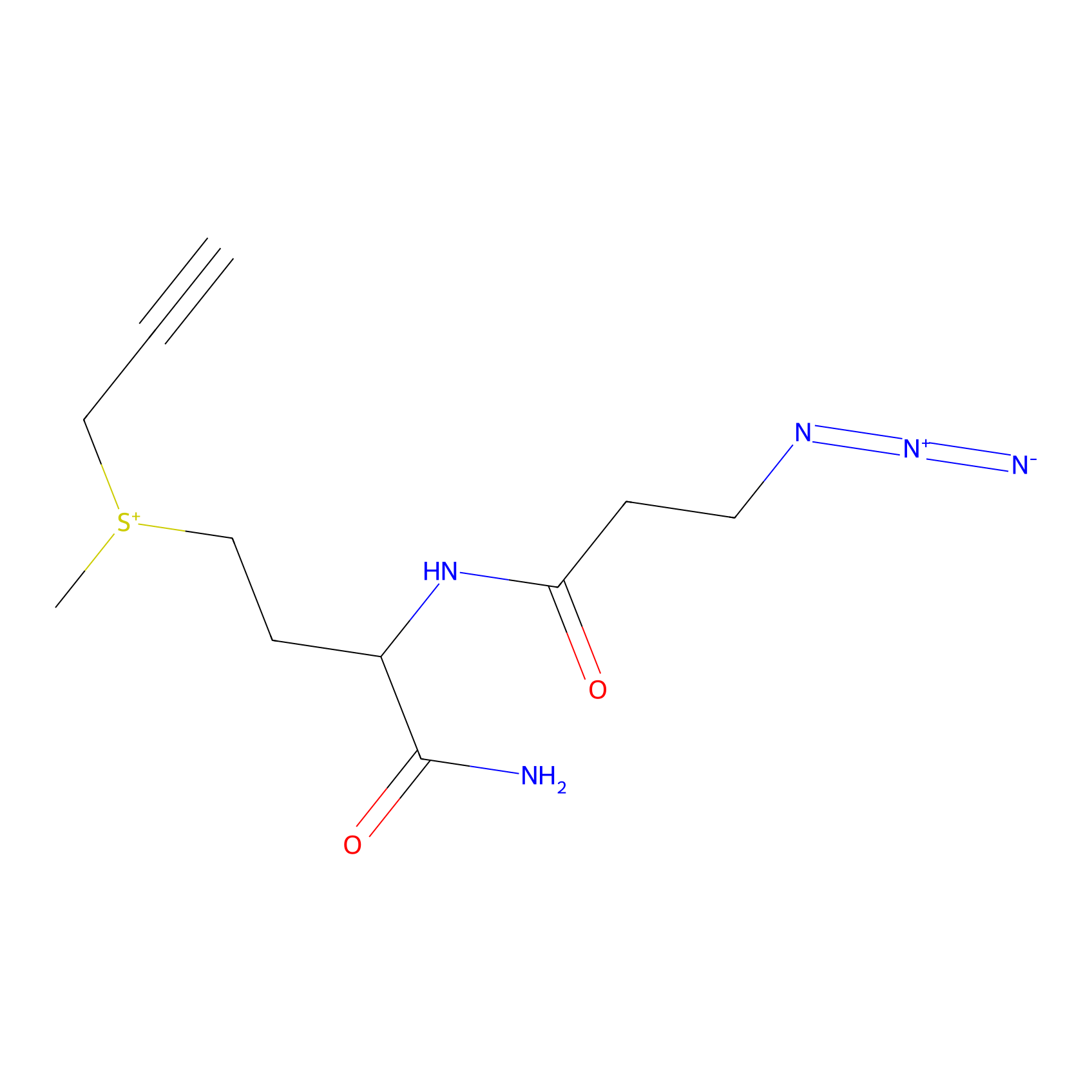 |
6.58 | LDD0066 | [1] | |
|
STPyne Probe Info |
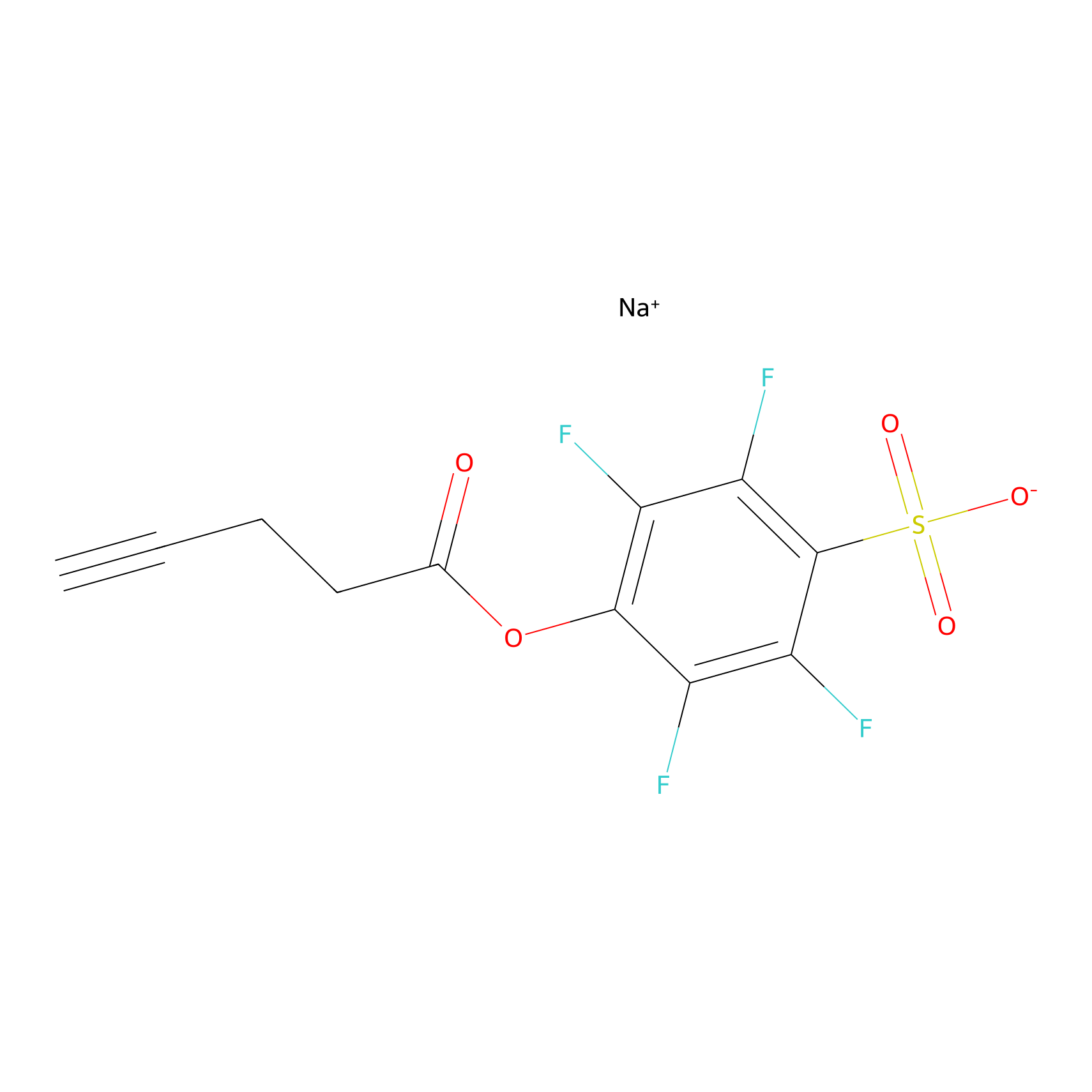 |
K115(3.61); K143(9.20); K146(2.98) | LDD0277 | [2] | |
|
Probe 1 Probe Info |
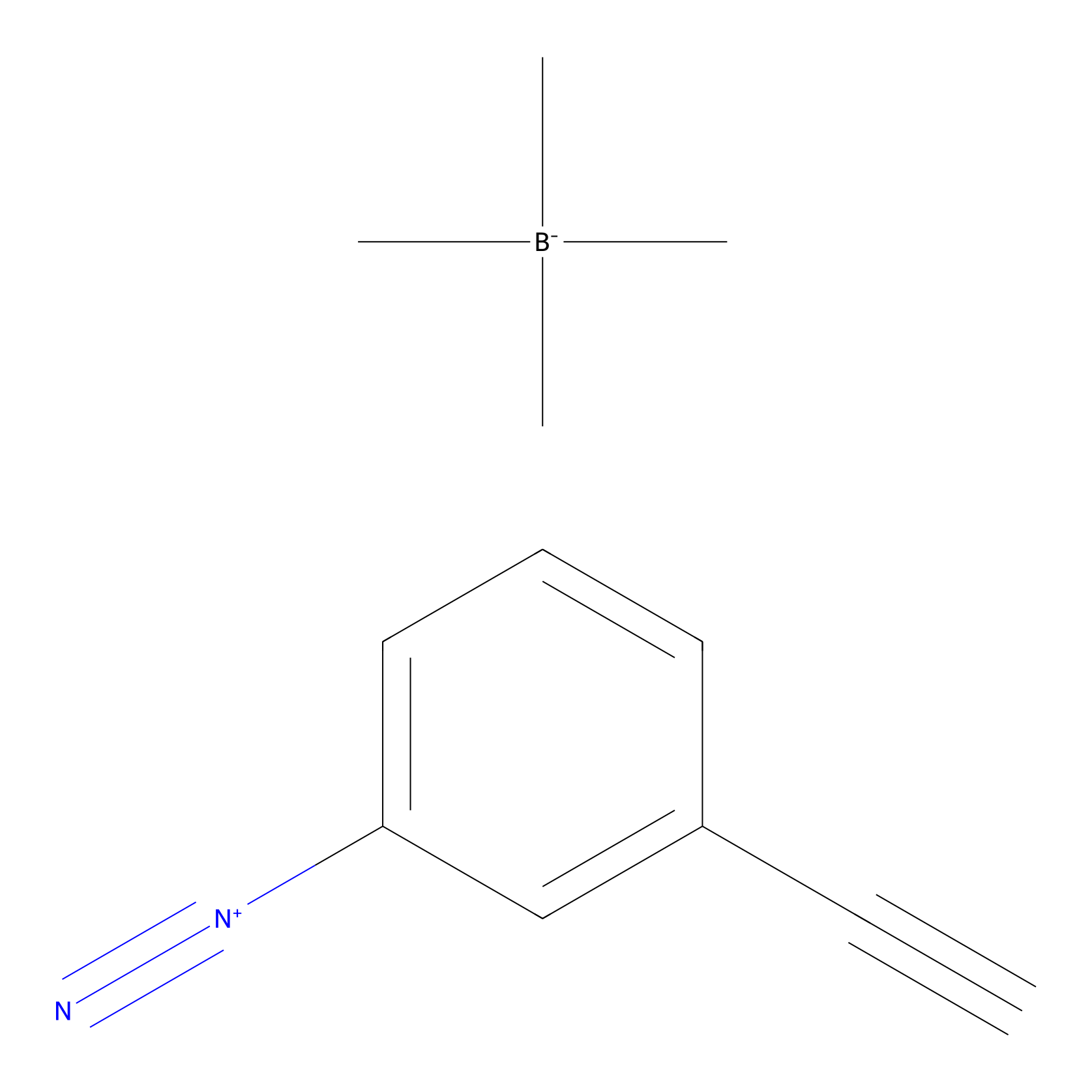 |
Y48(8.21); Y71(38.29) | LDD3495 | [3] | |
|
m-APA Probe Info |
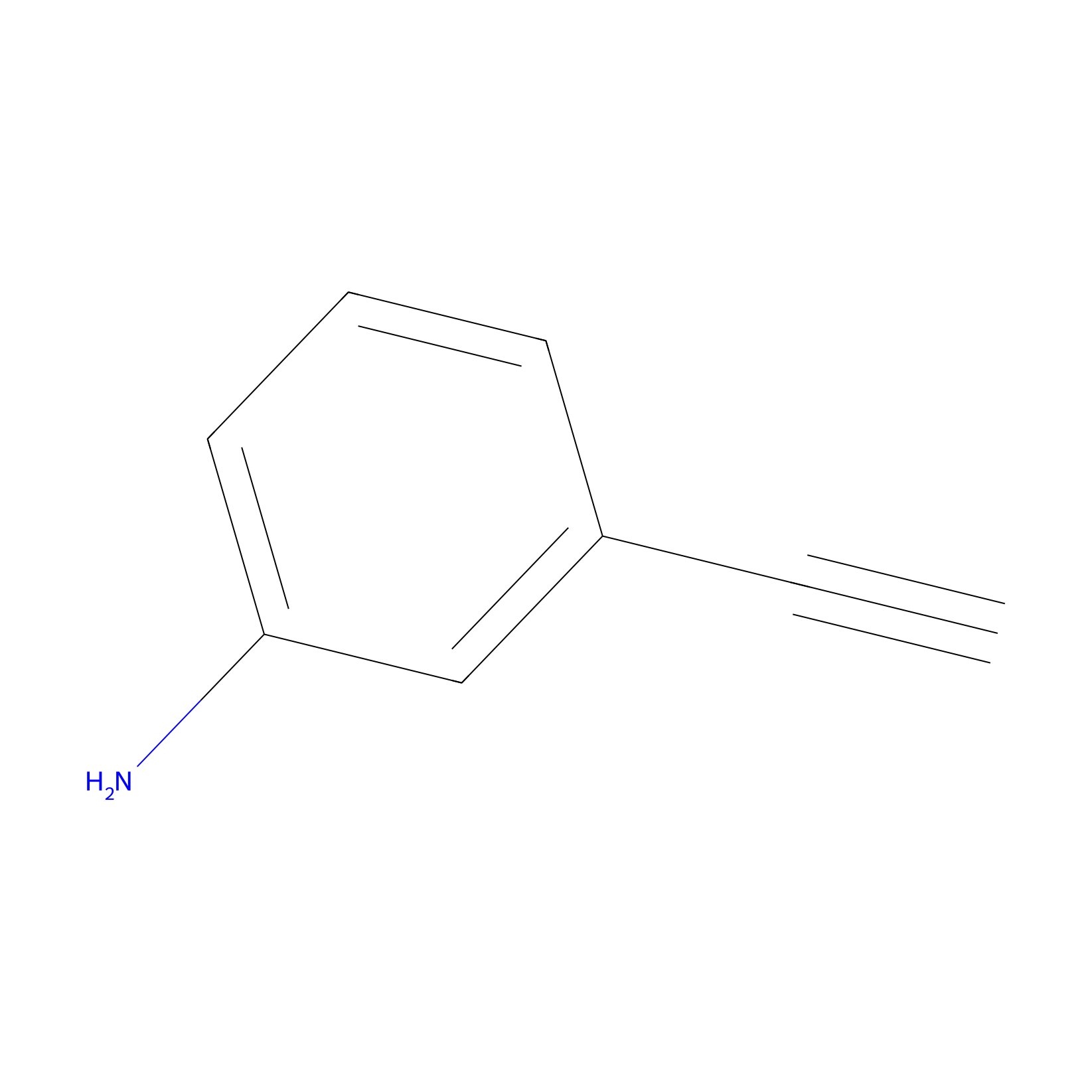 |
11.40 | LDD0403 | [4] | |
|
5E-2FA Probe Info |
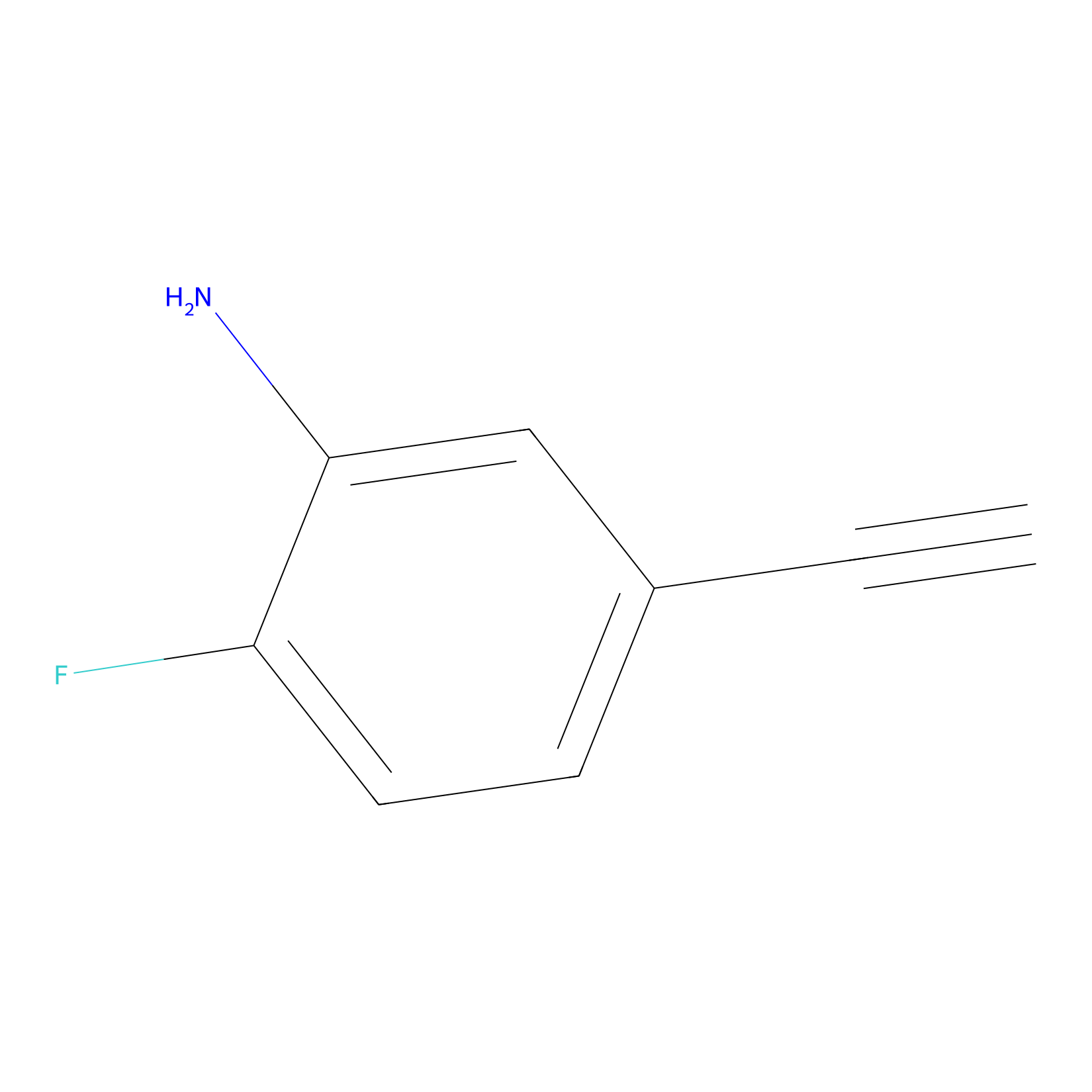 |
N.A. | LDD2235 | [5] | |
|
ATP probe Probe Info |
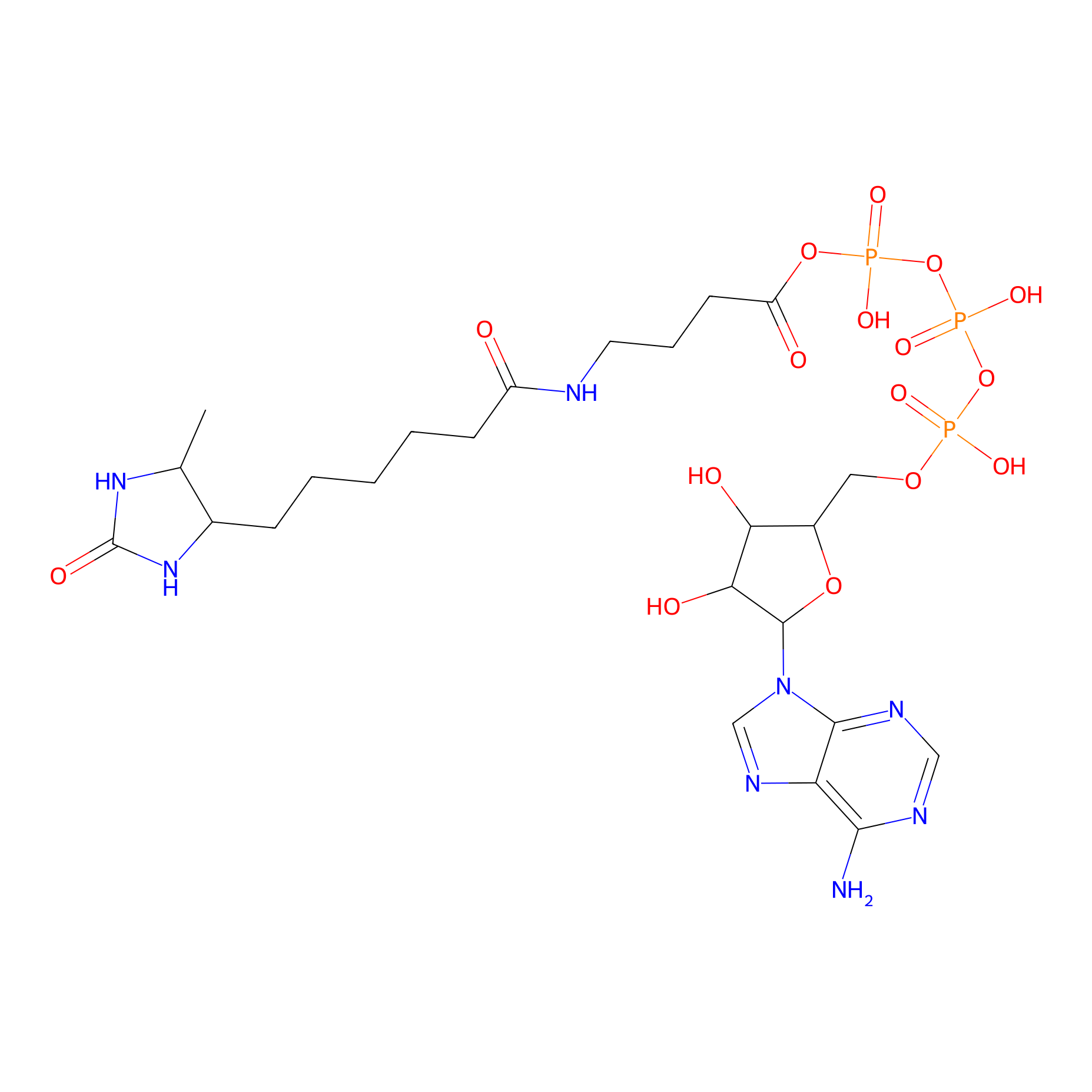 |
K94(0.00); K47(0.00); K34(0.00); K35(0.00) | LDD0199 | [6] | |
|
NHS Probe Info |
 |
K94(0.00); K19(0.00); K145(0.00); K143(0.00) | LDD0010 | [7] | |
|
SF Probe Info |
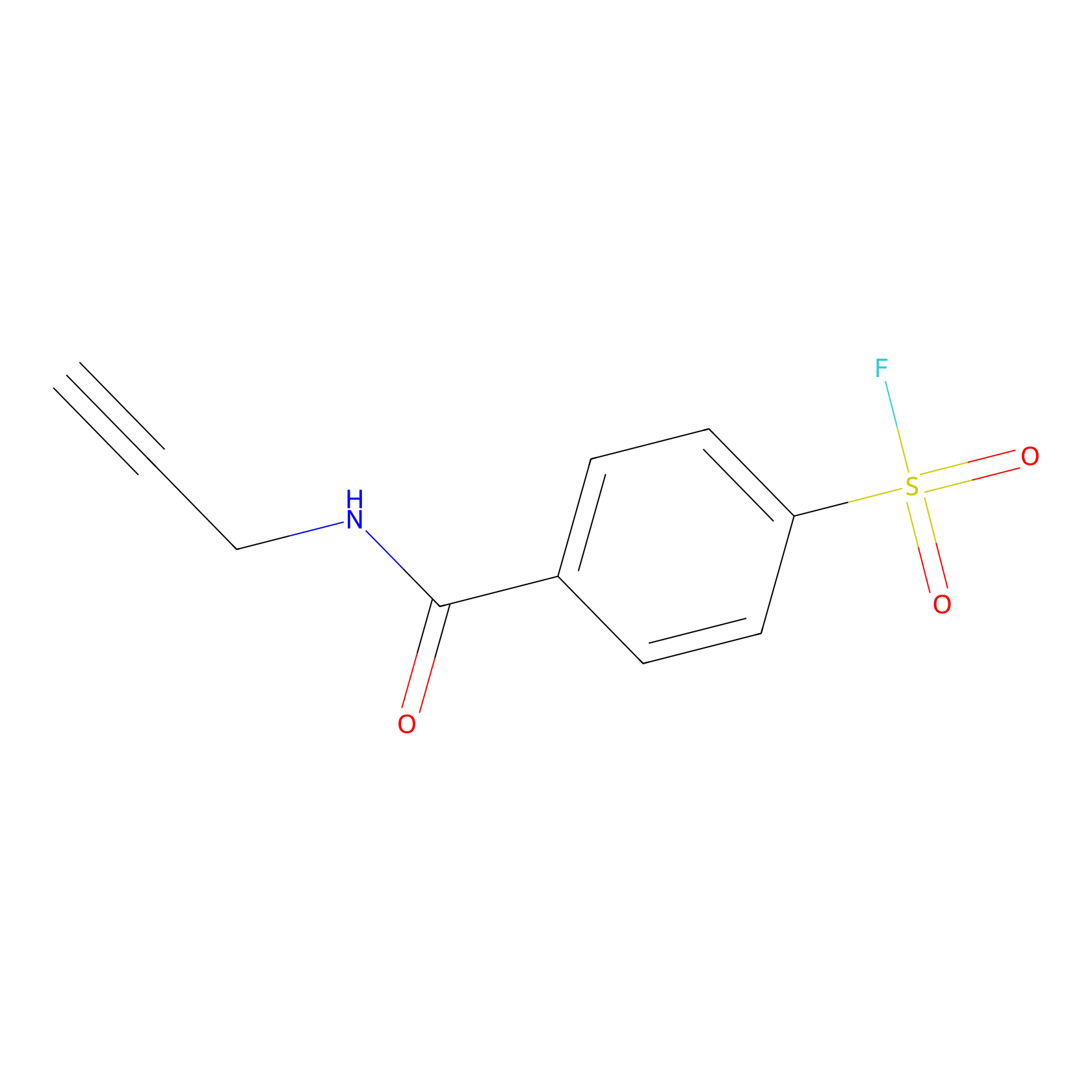 |
N.A. | LDD0028 | [8] | |
|
1c-yne Probe Info |
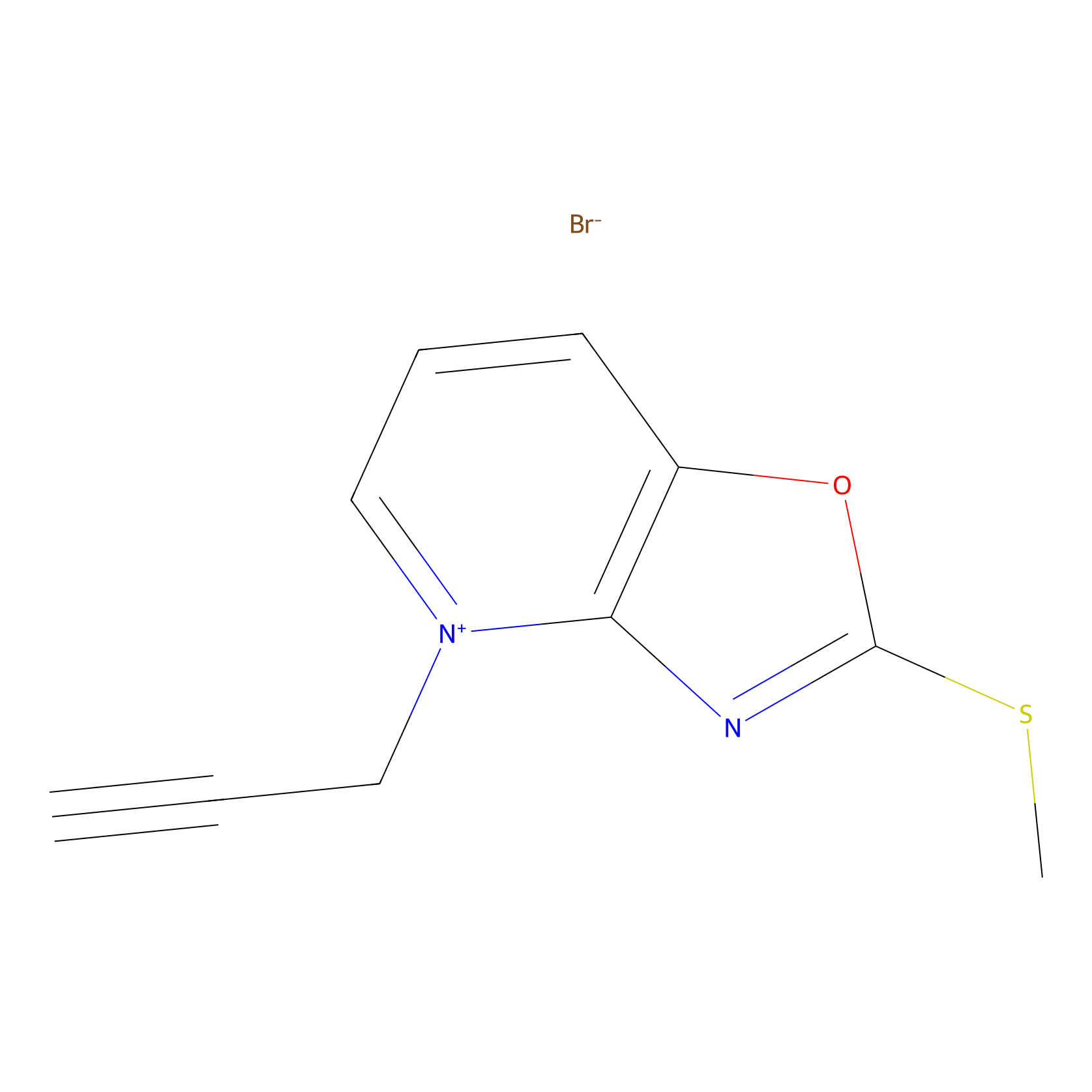 |
K106(0.00); K19(0.00); K47(0.00) | LDD0228 | [9] | |
|
Acrolein Probe Info |
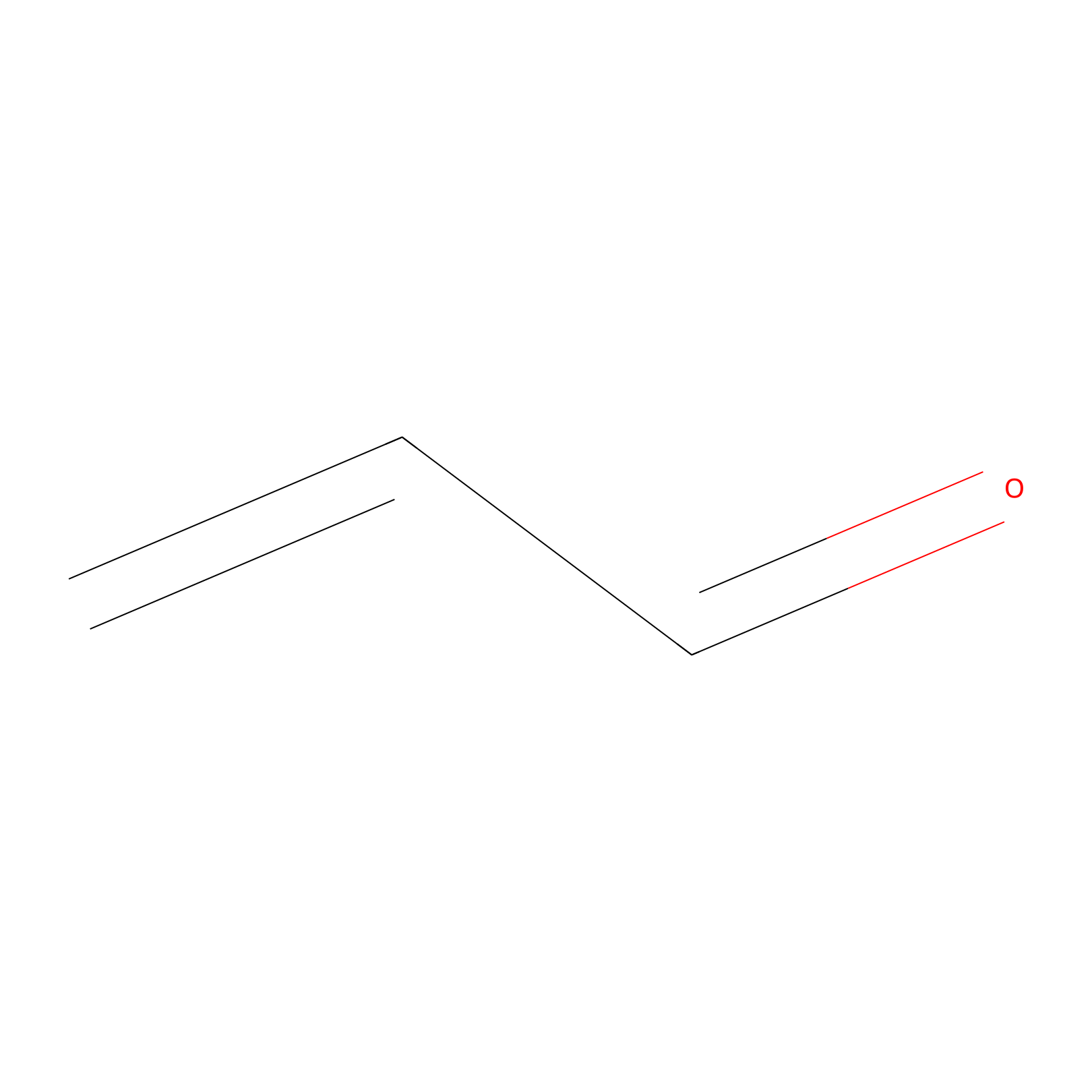 |
N.A. | LDD0217 | [10] | |
|
Crotonaldehyde Probe Info |
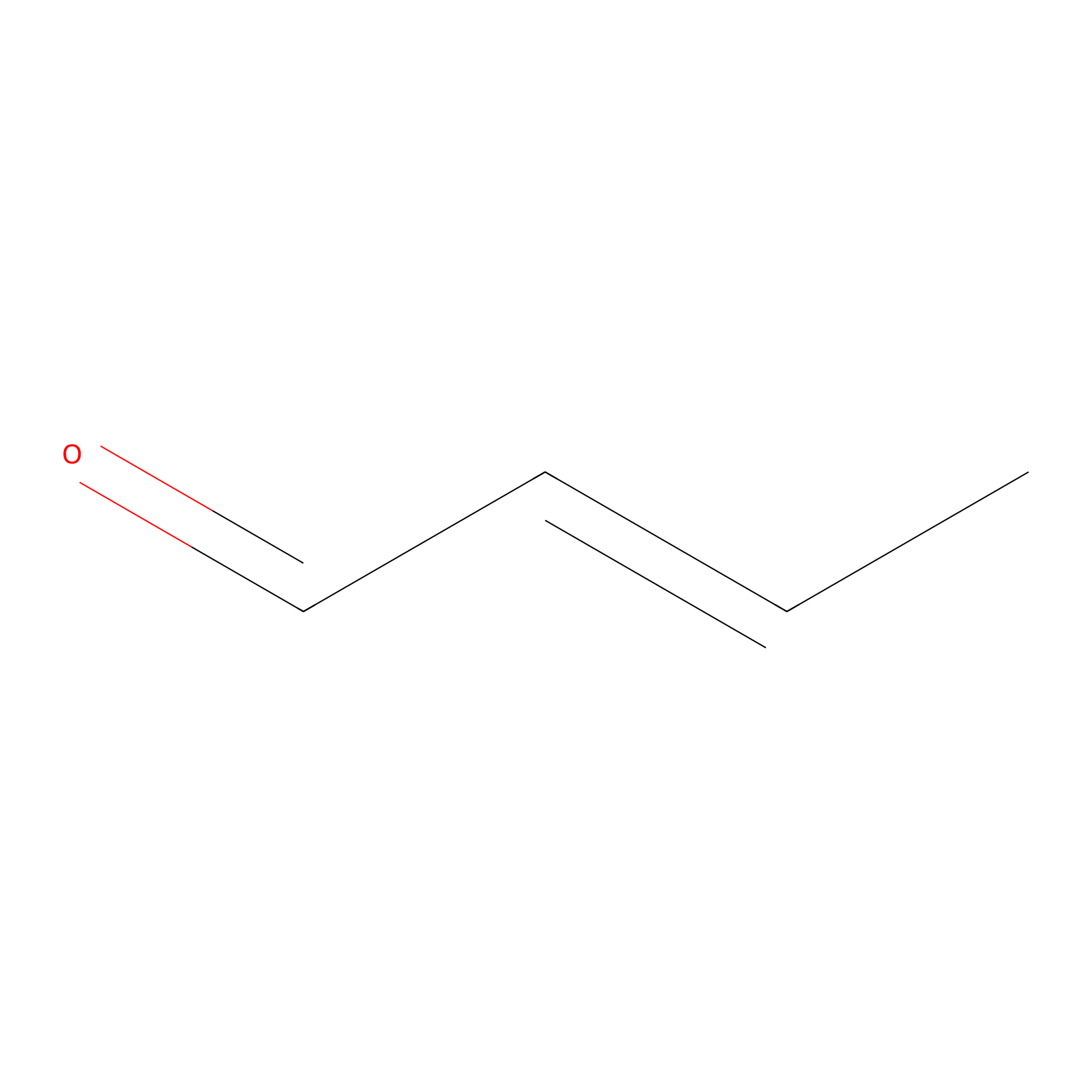 |
N.A. | LDD0219 | [10] | |
Competitor(s) Related to This Target
References
